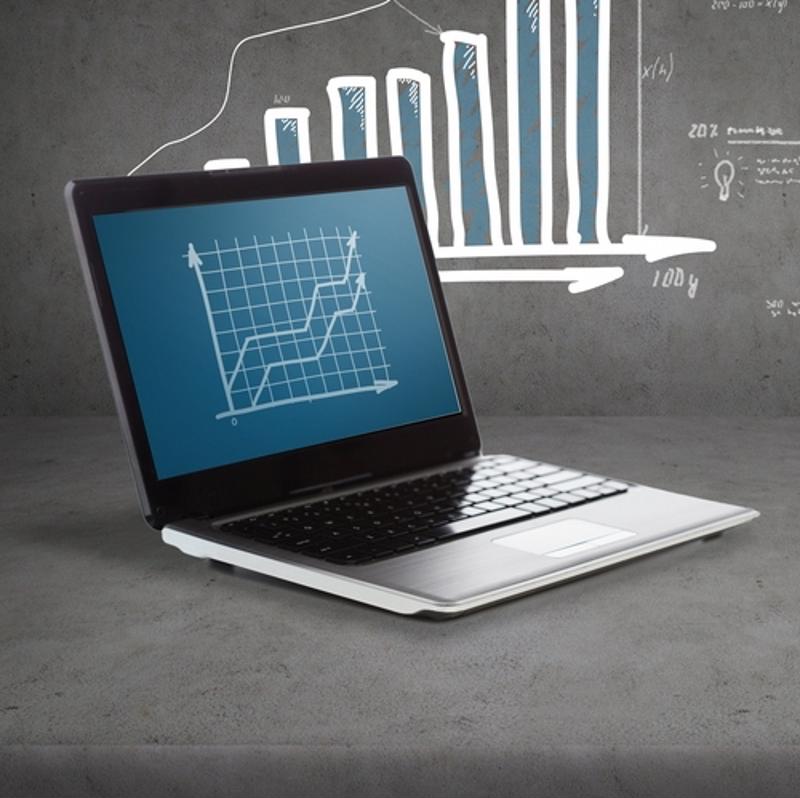
Combined, deep learning and the IoT have the power to revolutionize analytics
By Max BurkhalterFebruary 17, 2020
There are very few aspects of modern business that the internet of things can't contribute to. Everything from hiring to investing to the monitoring of a cafeteria's food stores can be made easier and more forgiving thanks to the IoT. The sheer applicability of this technological concept means that firms of all stripes can benefit from it. But perhaps the most universally useful is that of IoT-powered data analytics. Combined with machine learning, analytical processes can be empowered with these new computing techniques and give firms insight into their business like never before.
You got IoT in my deep learning
On their own, the IoT and deep learning each have their own collection of benefits. The IoT allows multiple disparate sources of information to be connected and their data collated in real-time, giving users an unparalleled ability to react to changes and adjust metrics on the fly. Deep learning, on the other hand, is composed of heuristic algorithms that learn and iterate based on the data that is fed to them, becoming gradually more sophisticated and "smart" over time. Deep learning can make important choices and decisions based on internal logic and the information it has collated over time. Combining these two technologies together, in turn, allows these two concepts to work in tandem. Companies of all kinds are racing to combine these technologies, according to Yahoo! Finance.
Using the information-gathering capabilities of the IoT to feed deep learning software, companies can gain insight into the data they collect with speed and precision that is unmatched by humans. Deep learning can predict events that are likely to come to pass and allow firms to prepare accordingly. This type of proactive responsivity allows firms to stay ahead of both their competition and their problems. Processes like predictive maintenance, automatic inventory adjustment and others are made possible thanks to the computerized intelligence that results from the welding of these two technologies.

But what does this mean for data analytics?
Perhaps the most obvious application for these two technologies is within data analytics. Machine intelligences that result from the IoT fusing with deep learning are able to decipher massive amounts of data that come their way and create forecasts and solutions based on it. Practically every company can benefit from highly efficient and accurate analytical practices. In addition, thanks to the decentralization of information sharing, information from around the world can be collected instantaneously, and deep learning can produce or advise an action plan based on this information only seconds later. This is a technology that has the power to give firms a leg up on their competition. Thanks to the high population of IoT endpoints, firms now have countless sources of data that can be used as redundant backups and cross-checking resources, making modern data analytics not only more efficient and capable but more accurate as well, according to TechRepublic.
Having an efficient IoT infrastructure to gather the necessary information for analytics requires a powerful network architecture, as does keeping this data safe. That's why Perle offers industrial-grade hardware such as Ethernet media converters and hardened switches. Read some of our customer stories to find out how we've helped our clients across industry lines take full advantage of their IoT equipment.



